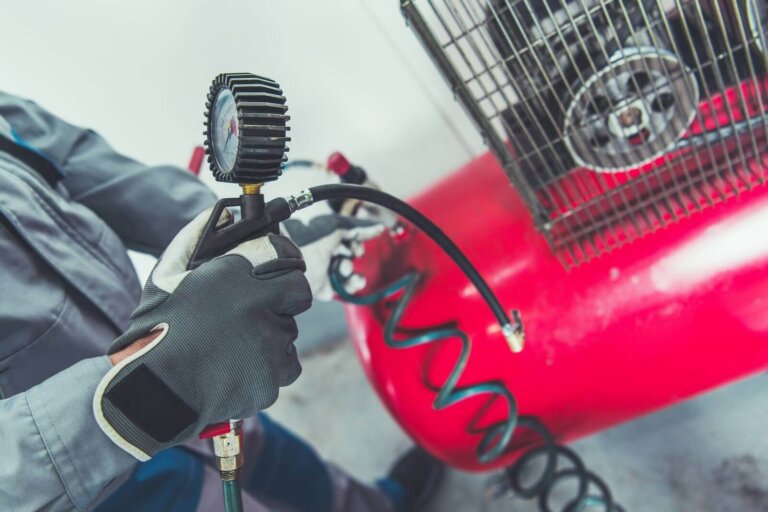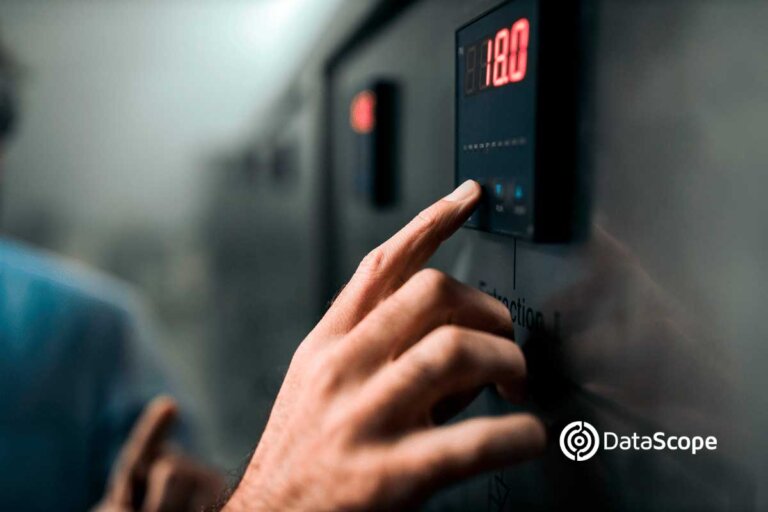Reducing operating costs and increasing return on investment are two pillars of any company. Achieving a successful equation in this area requires that all the resources involved in the production process perform perfectly. And for this to be possible, the management and frequency of maintenance of the equipment are essential.
Similarly, having a good relationship with equipment-related suppliers is important. With their help, it is possible to identify real needs, as well as having support for the installation and care of these elements.
Maintenance should be seen as an investment that generates great returns. Likewise, the frequency with which it is carried out is also key to prevent equipment failures and work accidents, increasing safety for the people involved in the production process. It also avoids and reduces losses due to production stoppages.
Planning: key factor for maintenance
The maintenance of equipment in a company must be planned, obeying a series of requirements, according to the specific background of each organization. For that reason, a maintenance plan must be drawn up, which is nothing more than a series of planned and scheduled tasks that must be carried out on a productive equipment or system with a certain frequency.
The objectives of the maintenance plan aim to improve the effectiveness of the equipment, determining tasks that are necessary and timely. For that, it is necessary to establish control variables, resources and procedures for each activity.
However, a relevant factor for a good management of the maintenance plan is to define the frequency with which this process will be carried out. The productive activity depends on it, and it is also required to achieve the maximum reliability, availability and profitability of the equipment, avoiding possible failures.
Frequency of maintenance: Moment of definitions
When a company decides to carry out maintenance, it has to define whether it will do so in a corrective, preventive or predictive manner. Except for the first option, where you need to react to the reality of a failure or breakdown, management work is required so that maintenance tasks are carried out in a methodical and planned manner.
However, it is essential to define the frequency of maintenance of each piece of equipment. When creating a schedule, consider the tasks and their corresponding frequencies of execution. These tasks seek to anticipate failures and involve the execution of necessary preventive tasks before they occur.
Frequency of maintenance is defined as the number of tasks that must be performed per unit of time. And depending on the established time, its periodicity can be:
- Daily or weekly
It is related to preventive maintenance activities and is characterized by sensory inspections and data collection for analysis. They must be performed by the personnel operating the equipment.
- Monthly
Mechanical or electrical tasks should be included in this type of maintenance, which is related to elements that get dirty or out of adjustment periodically and require replacement. These tasks cannot be deferred beyond one month.
- Quarterly
If the objective is to determine the periodicity in relation to predictive maintenance and essential electrical work, this is the most used period.
- Yearly maintenance
When it comes to performing mechanical and instrumentation work, this is the most recommended variable. This periodicity is used only if problems are detected and they are based on conditional situations, in turn based on inspections, verifications or tests, since they require major stoppages, where systematic tasks involving disassembly or replacement of parts are carried out.
How do you determine the frequency of preventive maintenance?
The frequency of preventive maintenance is done in three ways:
- Using statistical methods
- Implementing mathematical models
- Based on the experience of the technicians who prepare the maintenance plans
After selecting one of these ways, there are two options to indicate how often a maintenance task is required:
- Following the fixed periodicity, indicating the intervals in which the tasks must be carried out.
- Establishing the tasks to be carried out from the hours of operation.
The chosen option will depend on the type of task. Some may require preset periodicities and others may require you to follow a pattern of effective hours of operation. Both options have their validity, since the frequency is not based on the criticality or the shelf life of the components, but on the period of development of established failures.
However, a history and data are not always available to define an established fault development period. For those cases, the recommendation is to make a reasonable assumption and spend time on the actual execution, saving time rather than beginning to thoroughly analyze the situation.
What variables are used in the process of optimization of frequencies of maintenance?
Every maintenance frequency process aims to achieve optimization standards for maximum efficiency. Among the most important variables, the following stand out:
- Reliability and risk
It refers to the probability that a system, equipment or device fulfills its function during a period, under specific pre-established operational conditions, such as temperature, pressure, flow rate or others.
Studies carried out on a large number of equipment show that the behavior of the failures shows a decreasing rate in a first stage, known as start-up or infant mortality. Then a period with a relatively constant failure rate is observed, which is called normal or random operation. Finally, there is an increasing failure rate, which occurs during the last stage of the observation period and is known as aging or wear.
During the second stage, of normal or random operation, various failures can occur. That is when it is necessary to decide whether to carry out a restoration work, which returns the equipment to the startup stage, or to opt for an action in which the equipment is repaired so that it continues its course until reaching the last stage, or aging.
- Increase of operational costs
As time goes by without maintenance work being done, operational costs tend to increase. This occurs because the equipment stops working optimally, leading to problems related to increased consumption of energy, raw materials or other materials, the time spent by the operators of that equipment, minor repairs, or other aspects directly involved with the response of a machine within the process.
- Loss of performance
All equipment undergoes natural wear and tear from continuous use. This leads to a decrease in performance, which must be considered when designing a preventive maintenance plan.
Assuming this decline as an unavoidable factor, the maintenance tasks and frequencies should aim to control this variable to keep the equipment always at its maximum operating capacity.
- Increase shelf life of equipment
There are tasks that allow you to extend the shelf life of a certain equipment. These can be associated with static containment equipment such as vessels, tanks, pipes, furnaces, reactors, among others, and their good state of maintenance directly affects other components or equipment that work associated with it.






